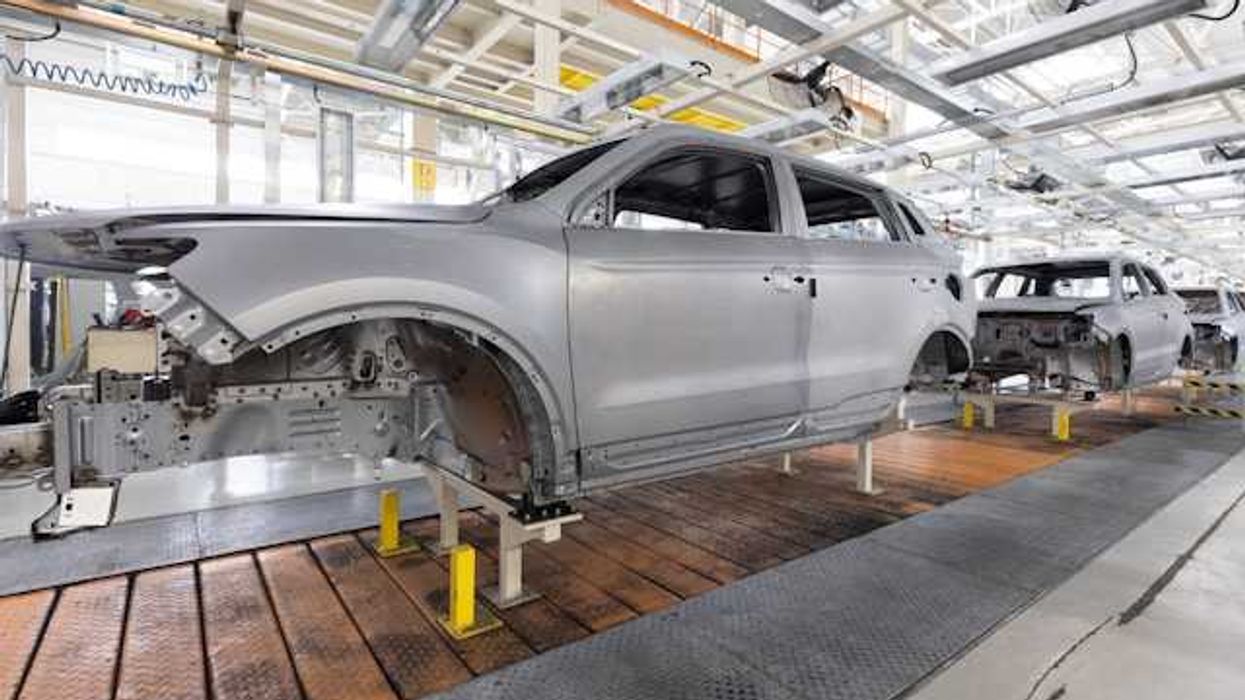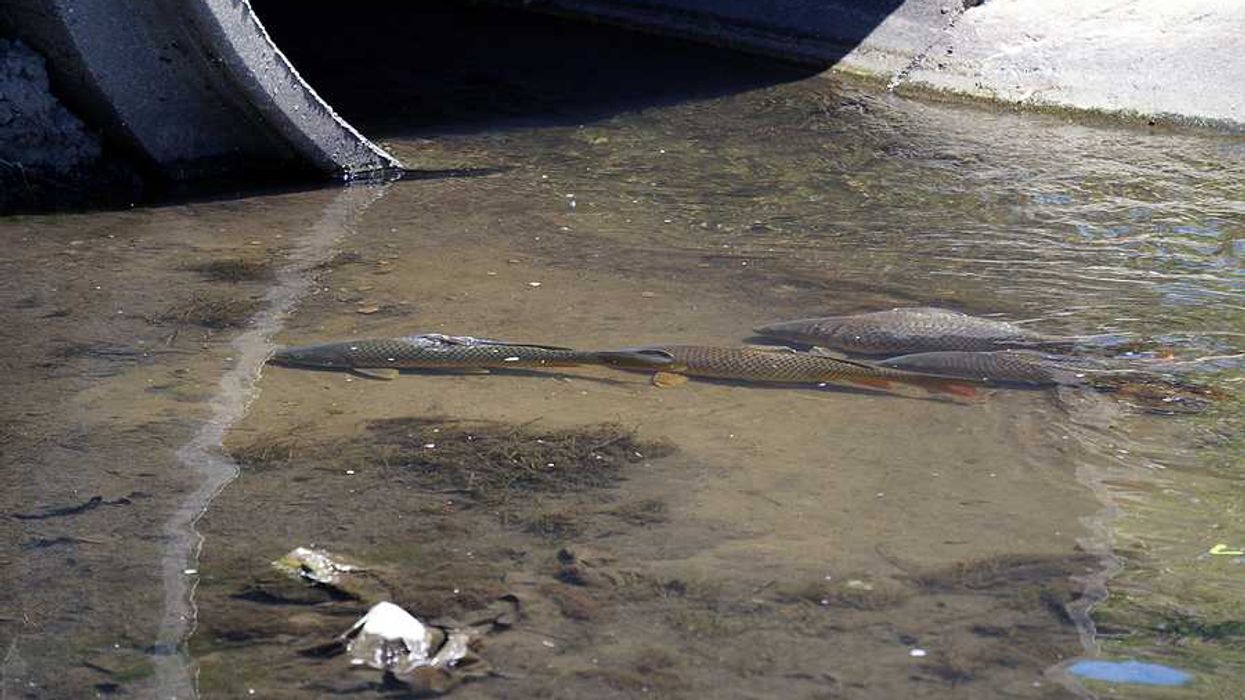Chemical recycling, touted as a miracle solution for plastic waste, falls short of its claims due to inefficiencies and reliance on fossil fuels.
Lisa Song reports for ProPublica.
In short:
- Chemical recycling, specifically pyrolysis, only transforms 15-20% of plastic waste into new plastic, with the majority turning into other chemicals or fuels.
- Products from pyrolysis contain minimal recycled material, heavily diluted with nonrecycled naphtha.
- The industry uses complex accounting to inflate the recycled content of their products, misleading consumers.
Key quote:
“If anyone has cracked the code for a large-scale, efficient and profitable way to turn plastic into plastic, every reporter in the world” would get a tour.
— Neil Tangri, Global Alliance for Incinerator Alternatives
Why this matters:
Chemical recycling, once heralded as the silver bullet for our ever-growing plastic waste problem, is facing increasing scrutiny. Promised as a revolutionary method to break down plastic into its original chemical components, the process was supposed to usher in an era of circular plastic use, minimizing environmental impact. However, recent studies and reports suggest that chemical recycling is not living up to the hype.














